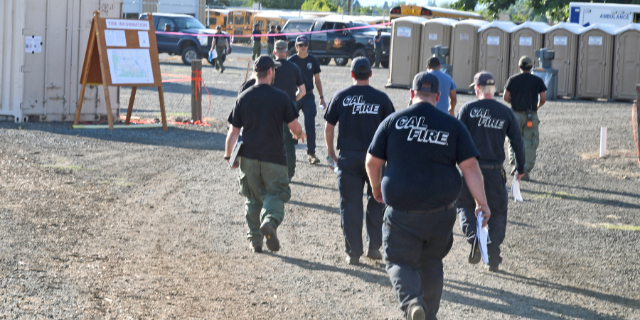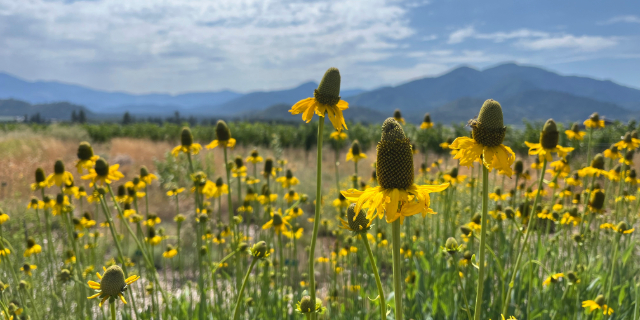GARDEN PLOTS: Observational evidence of the benefits of leaf mold
Published 7:00 am Wednesday, December 13, 2023

- Rhonda Nowak
“[W]e should all be grateful to Bacon for being the first gardener to realize the value of leaf mold: ‘It were good to try whether leaves of trees swept together would not make a good compost; for there is nothing lost so much as leaves of trees.'” — In Nan Fairbrother’s “Men and Gardens,” 1956
Trending
In a chapter about the gardens of Tudor England, author Nan Fairbrother pays tribute to Francis Bacon (1561-1626), that quintessential Renaissance man who is best known today for his advocacy of the scientific method. Several years ago, I conducted an observational experiment with the “leaves of trees swept together” of which I believe Bacon would have heartily approved.
It was fall and I was looking around my front yard, muttering something that was certainly not as poetic as “there is nothing lost so much as leaves of trees.” Up and down my street was a line of Hefty bags stuffed with fallen leaves and stacked neatly beside driveways to be hauled away. I decided, rather than add my own pile of plastic bags, I would use the leaves for my garden.
It made sense to me then, as it still does today, that organic material produced in my yard should be used in my yard for the benefit of the plants in my yard. What doesn’t make sense is bagging up my leaves every fall and sending them into the wide blue yonder so they can be turned into compost for other people’s yards. After throwing away free compost, made specifically by and for my own plants, it makes even less sense for me to head to the garden center to buy compost made from other people’s cast-off leaves.
Trending
Yet, that was exactly what I had been doing, and it’s what most other people do. Maybe we think not only is the grass greener on the other side of town, but the compost made from that greener grass is better, too.
It’s not a very logical or economical practice, though, nor is it eco-friendly since leaves are usually hauled off in single-use plastic bags and compost is usually purchased in more single-use plastic bags. In addition, commercially made compost typically includes peat moss, a non-renewable natural resource.
So back to my observational experiment with fall leaves. After sweeping the leaves into a pile, I ran them through an electric leaf shredder to expedite decomposition and then allowed the leaf piles to molder over the winter.
In the spring, I added half of the leaf mold to decomposed horse manure for garden compost and mixed the compost into the soil of some of my flower and vegetable beds. I used store-bought compost as a soil amendment for other flower and vegetable beds. I spread the other half of the leaf mold on top of some of the garden beds as mulch and left the other beds without a top layer of mulch.
Throughout the growing season, I observed my garden intently and found that my vegetables and flowers grew just as happily with my homemade compost as they did with the store-bought compost. I also observed fewer weeds and better moisture retention in my mulched beds. Since then, I’ve switched to using grass clippings and garden debris to make my compost, and I save my fall leaves for mulch.
Although I can’t claim my observational experiment was purely scientific, I recently read a research article that supports my findings. Richardville et al. (2022) found that locally made leaf mold compost not only reduced waste but also improved soil organic matter, increased soil microbial activity, and lowered the severity of foliar diseases. In their study of tomato crops grown in urban settings, Richardville and his colleagues found that leaf mold compost supported a mycorrhizal fungus that helped to reduce transplant shock and increase crop yields.
As I said earlier, I think Bacon would have been pleased about the results of these studies on the benefits of leaf mold. However, in her book, Fairbrother reminds us that Bacon was not above unscientific thinking. After reading his much-acclaimed volume on natural history, she writes, “He seems to believe every superstition he hears: that oak boughs planted will grow into wild vines, and the stumps of beech trees into birches.”
My favorite Baconian notion that Fairbrother recounts is about the poisonous plant, Aconitum napellus, commonly called monkshood. According to Bacon, if a woman ate any part of the plant, she would not be harmed but, having done so, she “poisoned some that had carnal company with her.”
I would like to see the scientific evidence for that.









